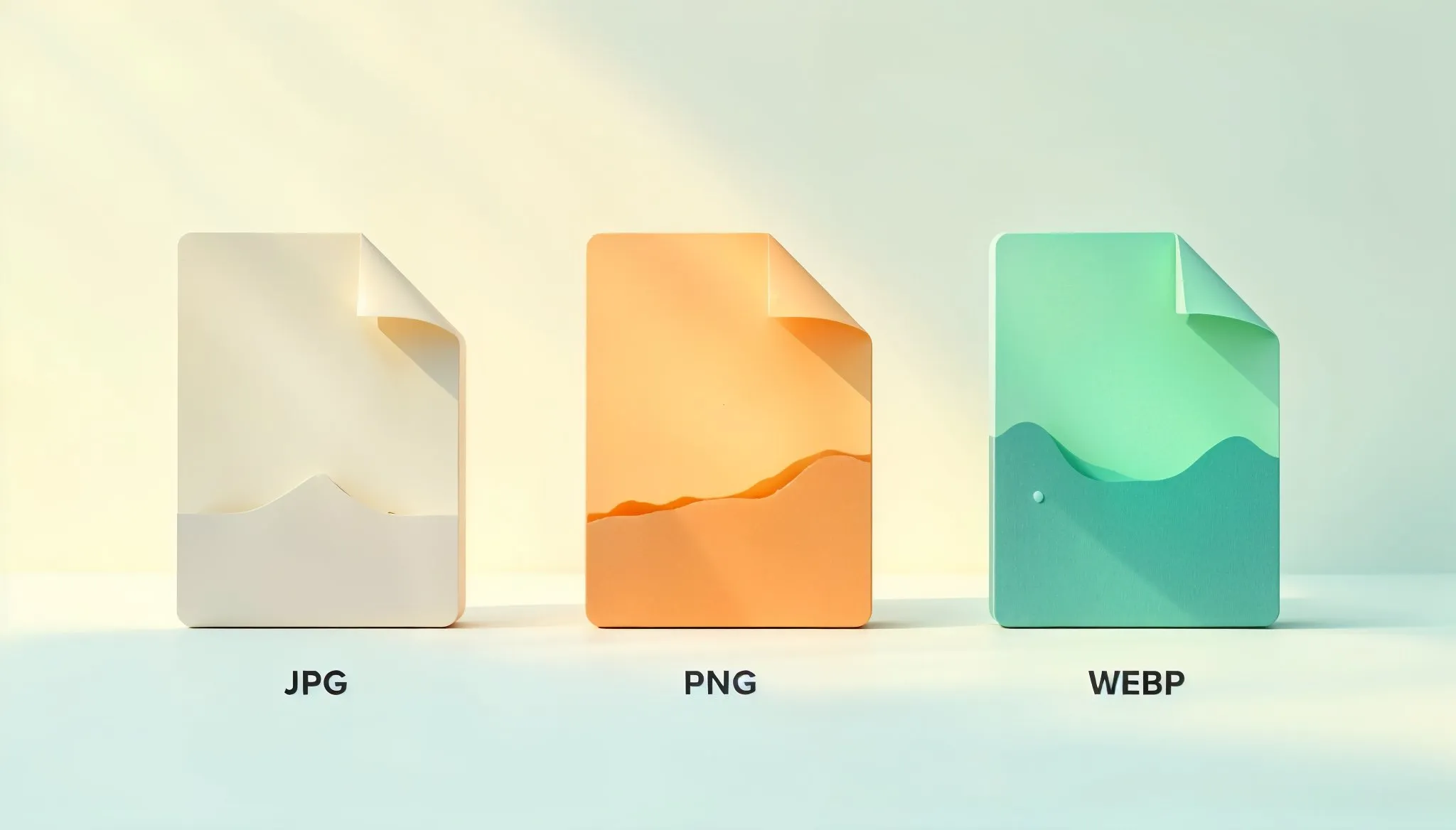When building a website or uploading content online, choosing the right image format matters more than you might think. The format you use can affect page speed, image quality, SEO, and user experience.
In this post, we’ll compare the three most popular image formats—WebP, PNG, and JPG—to help you understand their differences and decide which format is best for your needs.
🔍 1. What Is JPG (or JPEG)?
JPG (Joint Photographic Experts Group) is one of the oldest and most widely used image formats. It uses lossy compression, which reduces file size by removing some data—sometimes affecting quality.
✅ Best For:
- Photographs
- Social media images
- Email attachments
❌ Drawbacks:
- Not ideal for images with text or transparency
- Loses quality with each re-save
🖼 2. What Is PNG?
PNG (Portable Network Graphics) uses lossless compression, meaning it retains all image data and quality. It also supports transparency, making it ideal for graphics, logos, and icons.
✅ Best For:
- Logos and icons
- Images requiring transparency
- Graphics with sharp edges or text
❌ Drawbacks:
- Larger file sizes than JPG or WebP
- Slower to load on websites
🚀 3. What Is WebP?
WebP is a modern image format developed by Google. It supports both lossy and lossless compression, along with transparency and even animation—all while keeping file sizes significantly smaller.
✅ Best For:
- Web use (blogs, e-commerce, portfolios)
- Optimizing website speed
- Responsive and mobile-friendly design
❌ Drawbacks:
- Slightly less support in outdated browsers
- Not always supported in older image editors
📊 Comparison Table: WebP vs PNG vs JPG
| Feature | JPG | PNG | WebP |
|---|---|---|---|
| Compression Type | Lossy | Lossless | Lossy/Lossless |
| Transparency | ❌ No | ✅ Yes | ✅ Yes |
| Animation | ❌ No | ❌ No | ✅ Yes |
| File Size | Medium | Large | Small |
| Best Use | Photos | Logos, icons | Websites, web apps |
| Browser Support | ✅ Full | ✅ Full | ✅ Modern browsers |
🛠 So… Which Format Is Best?
- Use JPG for photographs where file size matters more than perfect clarity.
- Use PNG for logos, graphics, or images needing transparency.
- Use WebP if you want the best balance between quality and speed—especially for websites.
Winner for Web Performance: 🏆 WebP
WebP gives you the smallest file sizes with great quality and full feature support, making it the best choice for websites that want to load faster and rank better in search engines.
🔄 Convert Your Images to WebP Easily
Ready to switch? Try our Free WebP Converter:
- Upload your JPG or PNG
- Click “Convert to WebP”
- Download your optimized image instantly
No signup. No limits. Just faster images.
✅ Final Thoughts
In the battle of WebP vs PNG vs JPG, the right choice depends on your image goals. But for most modern websites, WebP is the clear winner for reducing file size, speeding up load times, and improving SEO.
👉 Try our WebP Converter today and see the difference for yourself!

